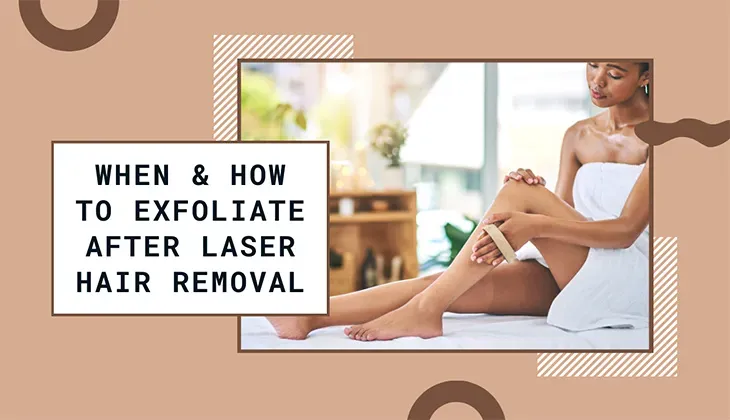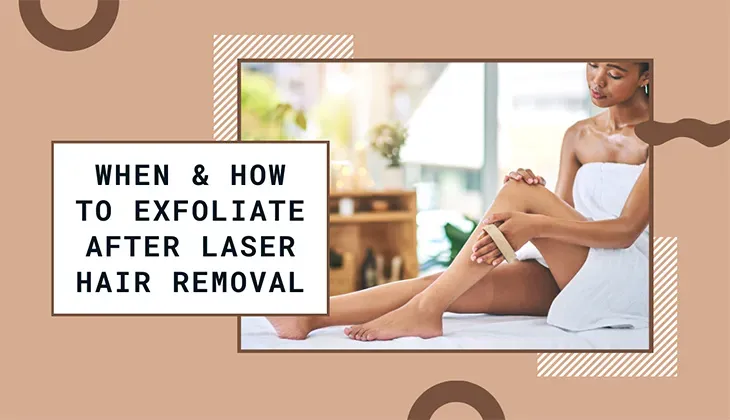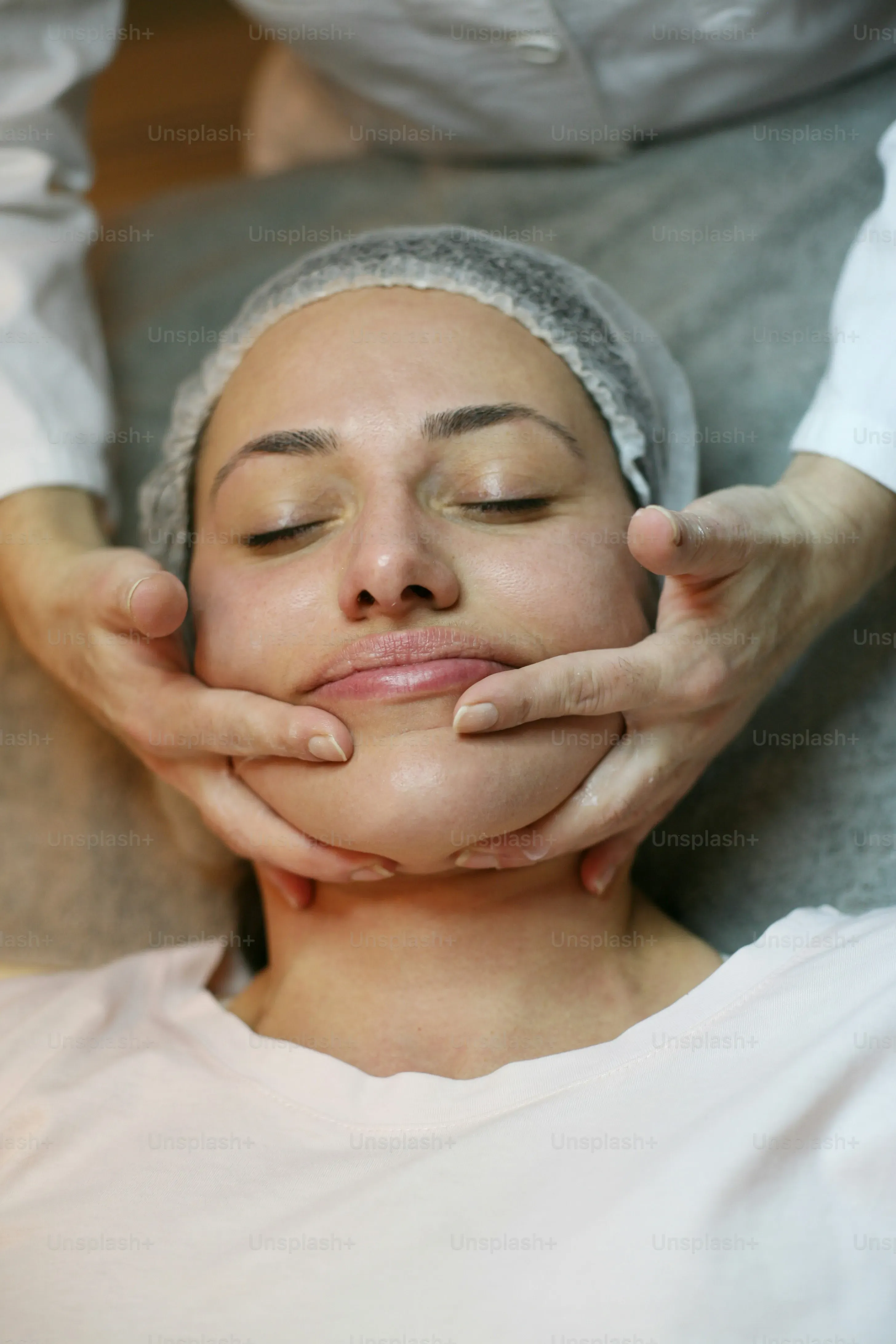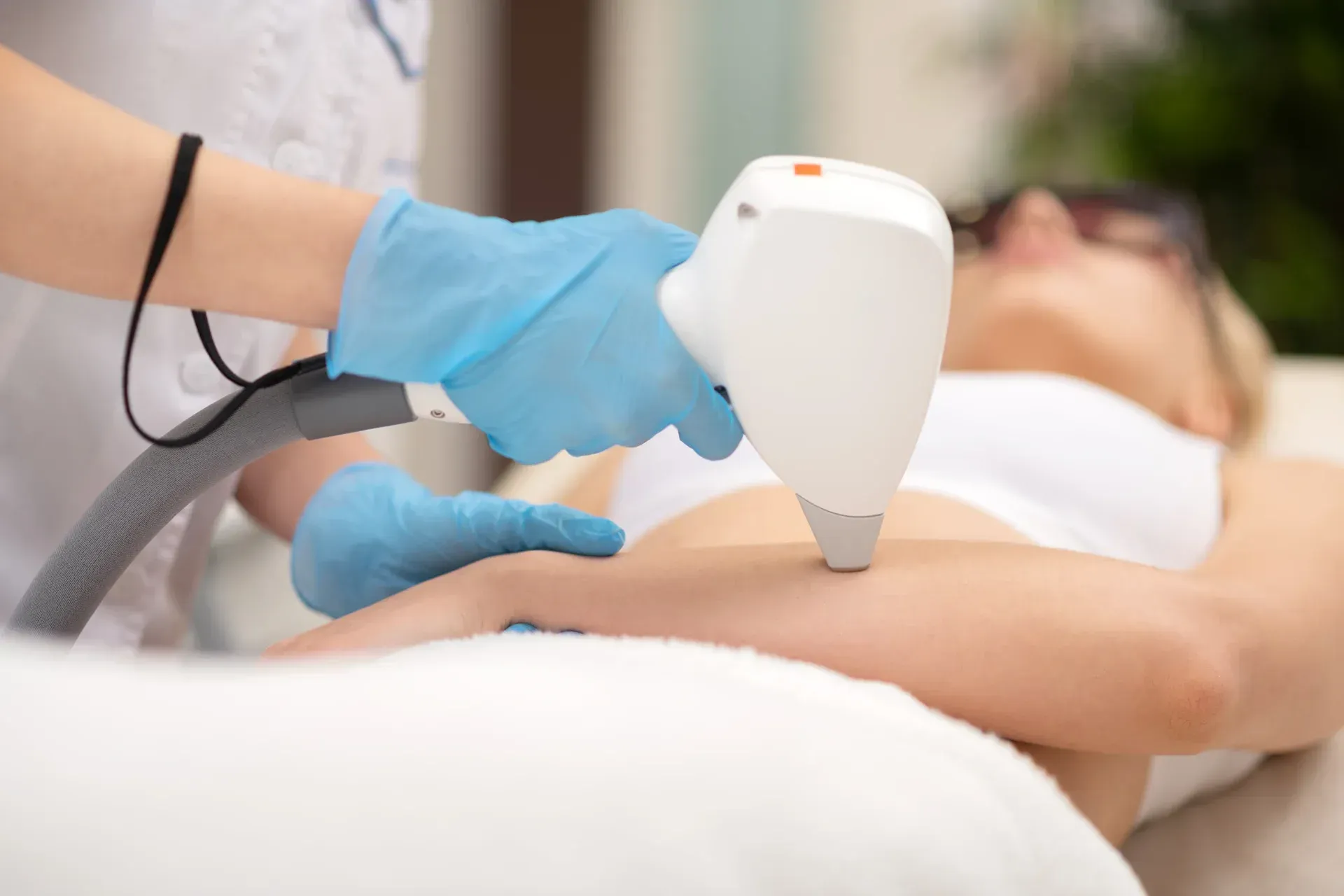Table of Contents
You've invested in laser hair removal, looking forward to smooth, carefree skin. But sometimes, even after treatments, you might notice stubborn bumps, pesky ingrown hairs, or skin that just doesn't feel as smooth as you hoped. It's frustrating, right? You might wonder if you're missing a crucial step in your aftercare routine. Turns out, gentle exfoliation plays a vital role in achieving those silky results you're after. But knowing when and how to start, and more importantly, finding the **best exfoliator after laser hair removal** can feel like navigating a minefield. Use the wrong product or technique too soon, and you could irritate your freshly treated skin. Wait too long, and you might miss out on the benefits. This article will cut through the confusion, explaining why exfoliation is necessary post-laser, when it's safe to begin, and guide you through choosing the right type and technique for your skin. Get ready to learn how to reveal your smoothest skin yet.
Why You Need to Exfoliate After Laser Hair Removal

Why You Need to Exfoliate After Laser Hair Removal
Getting Those Zapped Hairs Out
so you’ve had a laser session. The light energy targets the pigment in the hair follicle, essentially damaging it. This damage is what slows future growth. But what about the hair that was already there? That zapped hair often gets stuck in the follicle. It’s like the laser did its job on the root, but the little hair shaft is still hanging around, sometimes just below the skin's surface. If it doesn't shed properly, it can just sit there, making your skin feel less than perfectly smooth. Exfoliation helps nudge these treated hairs along, encouraging them to shed and reveal the smoother skin underneath. Think of it as helping the process finish up.
Fighting Off Ingrown Hairs
One of the most annoying things after hair removal, laser or otherwise, is the dreaded ingrown hair. This happens when a hair curls back and grows into the skin instead of out. After laser, while growth is slowed, the remaining or weakened hairs can still attempt to grow, and sometimes they get trapped. Dead skin cells can also build up around the follicle opening, making it harder for any hair (even a treated one trying to shed) to escape cleanly. Regular, gentle exfoliation clears away this dead skin cell barrier. It keeps the path open, significantly reducing the chances of those painful, unsightly ingrowns popping up. It's a proactive step that saves you a lot of grief later.
- Helps treated hairs shed faster.
- Prevents dead skin cell buildup.
- Significantly reduces ingrown hairs.
- Improves overall skin texture.
- Allows skincare products to absorb better.
Boosting Skin Texture and Appearance
Beyond just dealing with hair, exfoliation is a skincare staple for a reason. It removes the dull, dead skin cells that sit on the surface, revealing the fresher, brighter skin beneath. After laser hair removal, your skin might feel a bit rough or look slightly uneven as it recovers and sheds those treated hairs. Exfoliating helps to smooth out this texture, making the skin feel softer and look more radiant. It's about refining the skin's surface to really showcase the smooth results the laser treatment provides. Finding the best exfoliator after laser hair removal tailored to your skin can make a real difference in achieving that polished look and feel.
Timing is Everything: When to Start Exfoliating PostTreatment

Timing is Everything: When to Start Exfoliating PostTreatment
Giving Your Skin a Break
so you know *why* exfoliation is important, but jumping in too soon after your laser session is a big no-no. Your skin is sensitive, maybe a little red or swollen, essentially recovering from a controlled injury. Think of it like this: you wouldn't immediately scrub a scraped knee, right? You need to let it heal first. Most experts agree you should wait at least one week, sometimes even two, before you even *think* about exfoliating the treated area. This gives your skin ample time to calm down, reduce any post-treatment inflammation, and start its natural healing process. Trying to exfoliate before your skin is ready can lead to irritation, redness, and could even mess with your results or cause hyperpigmentation. Patience is key here.
Choosing the Best Exfoliator After Laser Hair Removal: Chemical vs. Physical Options

Choosing the Best Exfoliator After Laser Hair Removal: Chemical vs. Physical Options
so you've given your skin that crucial recovery time. Now comes the big question: what kind of exfoliator do you even use? Generally, you're looking at two main camps: chemical and physical. Chemical exfoliants use acids, like AHAs (glycolic, lactic) or BHAs (salicylic), to dissolve the glue holding dead skin cells together. They work without any scrubbing. Physical exfoliants, on the other hand, rely on friction – think scrubs with fine particles, brushes, or even just a washcloth. After laser, your skin is still in a sensitive state. While physical scrubs might seem straightforward, the wrong type or too much pressure can easily cause micro-tears or irritation. This is where chemical exfoliants, particularly milder ones at lower concentrations, often get the nod as the **best exfoliator after laser hair removal** because they can be less abrasive if used correctly. However, the *right* physical exfoliant, meaning something very fine and used with a feather-light touch, can also work for some skin types. It really depends on your skin's specific reaction and sensitivity post-treatment.
Safe Exfoliation Techniques for PostLaser Skin

Safe Exfoliation Techniques for PostLaser Skin
Start Slow and Gentle – Like REALLY Gentle
so you've waited your week or two, and your skin feels ready. The absolute golden rule here is to start slow and be incredibly gentle. Your skin is still recovering, even if it looks fine on the surface. Think of it like easing back into exercise after an injury – you don't run a marathon on day one. For exfoliation, this means using minimal pressure, especially if you're using a physical method. If you're using a chemical exfoliant, start with a low concentration and maybe just use it once or twice a week at first. Don't go in scrubbing like you're trying to remove barnacles. The goal is to help the skin along, not attack it. A little goes a long way, particularly in sensitive areas that were treated.
Technique Matters: Pat, Don't Rub; Swipe, Don't Scrub
The *way* you apply your chosen exfoliant makes a huge difference. If you're using a physical scrub (remember, super fine particles only!), apply it to damp skin and use light, circular motions for just a few seconds. Rinse thoroughly. Don't linger and definitely don't press hard. For chemical exfoliants, which are often liquids or serums, apply them with a cotton pad or your fingertips and gently pat or swipe over the area. There's no need for rubbing. Let the product do the work. This delicate approach minimizes friction and stress on the skin, reducing the risk of irritation or inflammation that could set back your healing process. It’s less about brute force and more about finesse when dealing with post-laser skin.
- For physical scrubs: Use fine particles, apply to damp skin, light circular motions.
- For chemical exfoliants: Apply with cotton pad or fingertips, pat or swipe gently.
- Always rinse thoroughly after physical exfoliation.
- Avoid excessive rubbing or harsh pressure with any method.
- Less is more when it comes to frequency and duration initially.
Listen to Your Skin – It's Not Shy About Complaining
Your skin will tell you if you're doing too much. Pay attention to signs like increased redness that doesn't fade, stinging, burning, excessive dryness, or new sensitivity. These are all red flags that you're overdoing it, either with the product strength, the technique, or the frequency. If your skin is reacting negatively, back off immediately. Stop exfoliating and focus on calming, moisturizing products. You can always try again in a few more days or switch to an even milder product. Finding the best exfoliator after laser hair removal isn't just about picking a product; it's about finding the right balance for your skin's current state and adjusting as needed. Don't try to power through discomfort; your skin will only get angrier.
Finding Your Best Exfoliator After Laser Hair Removal

Finding Your Best Exfoliator After Laser Hair Removal
so after all that discussion on *why* and *when* and *how* to exfoliate, the million-dollar question remains: how do you actually find the **best exfoliator after laser hair removal** for *your* specific situation? It's not a one-size-fits-all deal. Your skin type, the area treated (face versus legs versus underarms – they all react differently), and your individual sensitivity levels play a huge role. What works wonders for your friend might leave you looking like a lobster. Don't just grab the first scrub you see with "gentle" on the label. Look for products specifically designed for sensitive skin or post-procedure care. Often, this means opting for chemical exfoliants with low concentrations of AHAs or BHAs, or physical options with extremely fine, non-jagged particles (think finely milled rice powder, not crushed walnut shells). Always patch test first on a small, inconspicuous area. Brands like hairawaybylaser.com often recommend specific products or types of exfoliants in their aftercare guides, which can be a solid starting point. It takes a bit of trial and error, and frankly, maybe a chat with a dermatologist or the clinic that did your laser to get tailored advice. Don't guess; get informed.
Achieving Your Smoothest Skin Post-Laser
Navigating the world of post-laser aftercare, especially when it comes to exfoliation, requires a bit of caution and understanding. While laser hair removal significantly reduces hair growth, incorporating the right exfoliation at the right time can help prevent common issues like ingrown hairs and reveal the smoother skin underneath. Finding the **best exfoliator after laser hair removal** isn't a one-size-fits-all situation; it depends heavily on your individual skin type and the treated area. Start gently, pay attention to how your skin responds, and don't hesitate to seek advice from a dermatologist or the clinic that performed your treatment. With careful timing and appropriate products, you can support your skin's healing process and maximize the results of your laser sessions.
